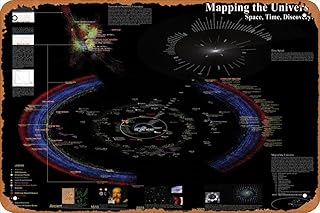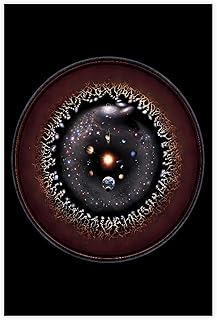The universe’s fate pivots on the delicate interplay between matter and dark energy, the mysterious force propelling the universe’s expansion. Recent findings from the Dark Energy Spectroscopic Instrument (DESI) project, utilizing the most extensive 3D map of the universe ever created, suggest that dark energy may not be as constant as previously assumed.
DESI, an international endeavor involving over 900 researchers from 70 institutions worldwide and overseen by the U.S. Department of Energy’s Lawrence Berkeley National Laboratory, unveiled these groundbreaking insights at the American Physical Society’s Global Physics Summit. Among the team are Ohio University’s Professor of Physics Hee-Jong Seo and her dedicated students, contributing significantly to this revolutionary discovery.
The initial revelation, spearheaded by Seo and her team last year, hinted at dark energy’s evolution over time, challenging established beliefs. Subsequent analyses, bolstered by additional data, have reinforced this notion, marking a potential paradigm shift in our comprehension of the universe’s expansion dynamics.
Key figures like graduate student Jaide Swanson, researcher Alberto Rosado-Marin, and Honors Tutorial College student Alexandra Well have played pivotal roles in advancing the DESI project’s research agenda. Their collective efforts have enhanced the precision and depth of the analysis, shedding new light on the enigmatic nature of dark energy.
One standout team member, Nick Sanders, a second-year graduate student, has been instrumental in refining DESI’s data analysis techniques. By amalgamating disparate datasets and generating a coherent map of the universe’s evolution, Sanders has underscored the instrumental role of emerging talents in shaping scientific breakthroughs.
While DESI’s data align with the conventional Lambda CDM model, amalgamating it with other measurements suggests a potential shift in dark energy’s influence over time. This evolving narrative challenges long-standing assumptions and beckons a reevaluation of existing cosmological frameworks.
DESI’s cutting-edge capabilities, capturing light from up to 5,000 objects simultaneously, have enabled the construction of a comprehensive 3D map of the cosmos. By scrutinizing the universe’s expansion history through subtle patterns in matter distribution, DESI has spearheaded advancements in understanding dark energy’s complex interplay.
As DESI continues its groundbreaking research, the scientific community anticipates further revelations that could reshape our understanding of the universe’s fundamental dynamics. The collaboration’s commitment to unraveling the mysteries of dark energy underscores the transformative potential of international scientific efforts.
With DESI’s latest dark energy findings now accessible to the public, the scientific community eagerly awaits the next phase of discoveries that could redefine our cosmological understanding. As DESI paves the way for future astrophysical research, its impact reverberates across scientific disciplines, heralding a new era of exploration and discovery.
📰 Related Articles
- Ruïm’s Solo Project: Unveiling Dark Spiritual Music Journey
- ZiMAD and The Hunger Project Unite Against World Hunger
- World Coda: Crafting Dark, Ethereal Abject-Gaze Music
- Woodside Energy’s Stock Surges on ASX, Signaling Recovery
- Willingness to Spend on Organic Beauty Reflects Sustainability Shift





